ALL Gloves
| 16 May 2022
In 2018 the testing method for cut-resistant gloves changed. And cut resistance went from numbers to letters.
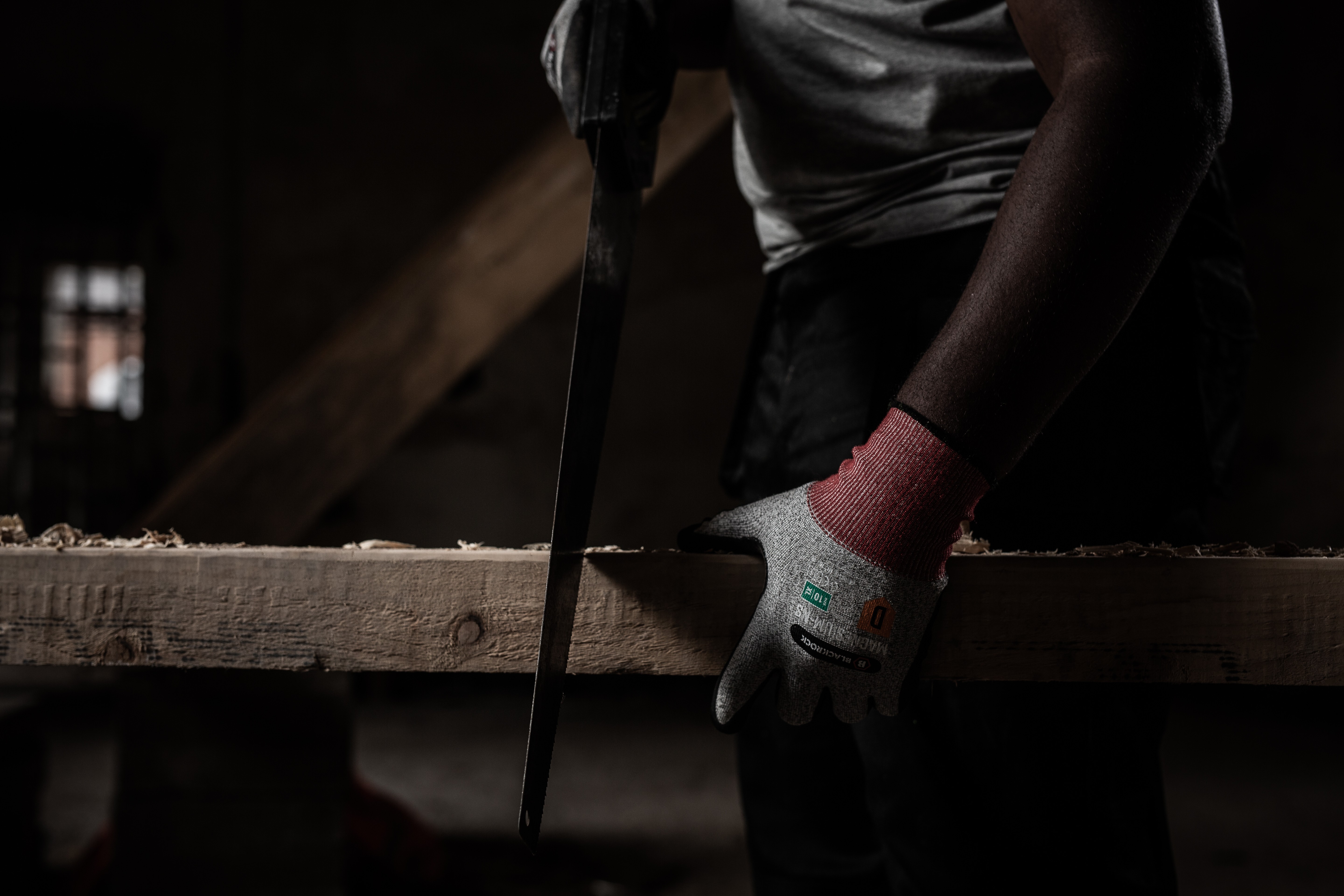
You may not always feel like it, but change is a good thing.
When things change you may ask, why upset the status quo?
If it isn’t broken don’t fix it, right?
When you look at daily life examples, we all know change can be a great thing.
Streaming vs DVDs
Contactless vs Chip & Pin
In both scenarios, life got easier and faster.
Some changes are slightly more complicated. And far less exciting than even contactless payments.
In 2018 the testing method for cut-resistant gloves changed. And cut resistance went from numbers to letters.
Easy! It will be a straight switch like GCSE grades. Cut level 5 will become Cut Level F. No harm done.
Regrettably, no. It’s a bit more complicated than that.
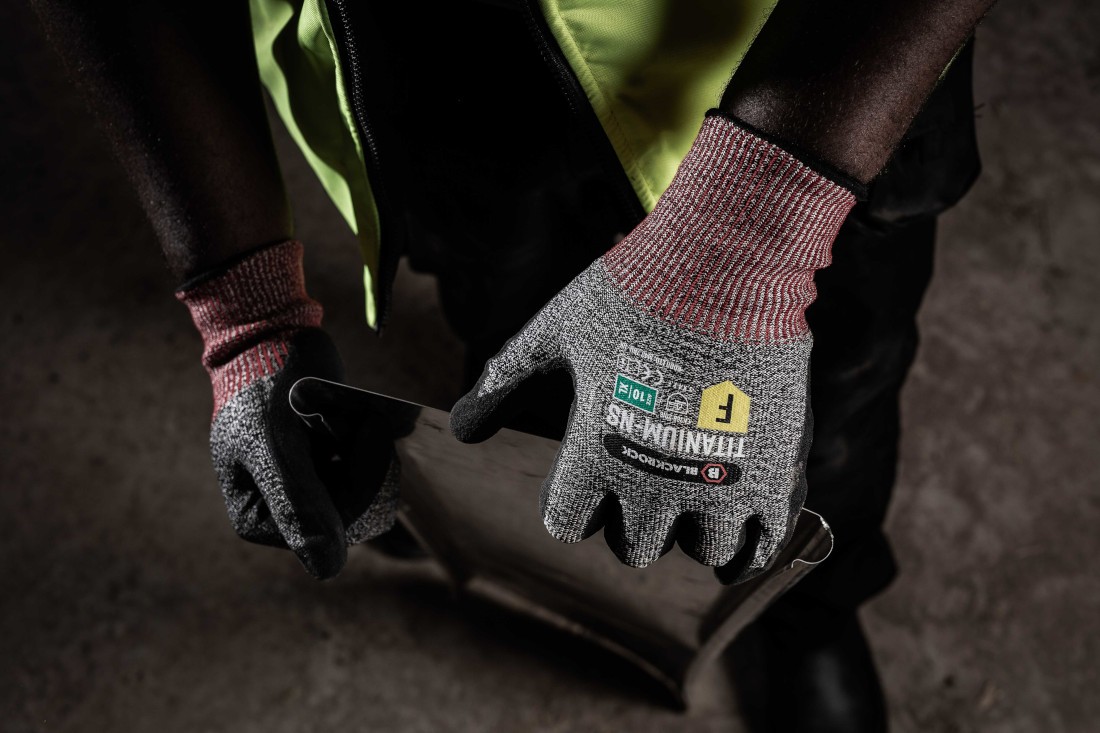
Cut level ratings have changed, so what?
All you need to do is buy the highest level of cut-resistant glove and you’re good to go. Again … no.
As a general rule of thumb, the lower the cut level the better your dexterity is. And the higher the cut resistance the greater the price.
So, if you elect to wear cut level F gloves, not only will you be more out of pocket, but you also won’t be able to perform your job as well. That said cut level F gloves will provide the highest level of cut resistance and are ideal for glass and metal handling.
The first thing is to know how the standards have changed.
These changes have been in place since 2018. And there is still confusion about how the standards compare.
EN 388:2016+A1:2018 was published to supersede EN 388:2003.
Unless you work at the HSE that will probably look like random letters and numbers.
The key change is the difference in testing.
I’ll keep this as short and sweet for you as possible.
In the old test, the blade used to measure cut resistance would become less sharp after every stroke. This would give an inaccurate reading for the glove’s cut resistance level as a result.
In the new test, the blade is changed after every stroke to keep consistent sharpness. Therefore, a truer reading can be achieved.
Numbers 1-5 have been replaced by letters A-F.
You can be excused for thinking that cut level 5 is the same as cut level F - a trade of the highest cut resistance.
But the inaccuracies in the first test mean a cut level 5 glove could be punching above its weight.
What was a cut level 5 may only achieve a cut level B in the new test.
The original cut test is still displayed on our gloves’ back of hand.
In our cut-resistant glove range, it is denoted by an ‘X’. This means we don’t perform this test on these gloves.
This is where you can see the problems start to develop.
If the testing is different and we no longer use the old test, how can they be compared?
The answer is they can’t be.
In short, old, and new cut levels can’t be compared like for like.
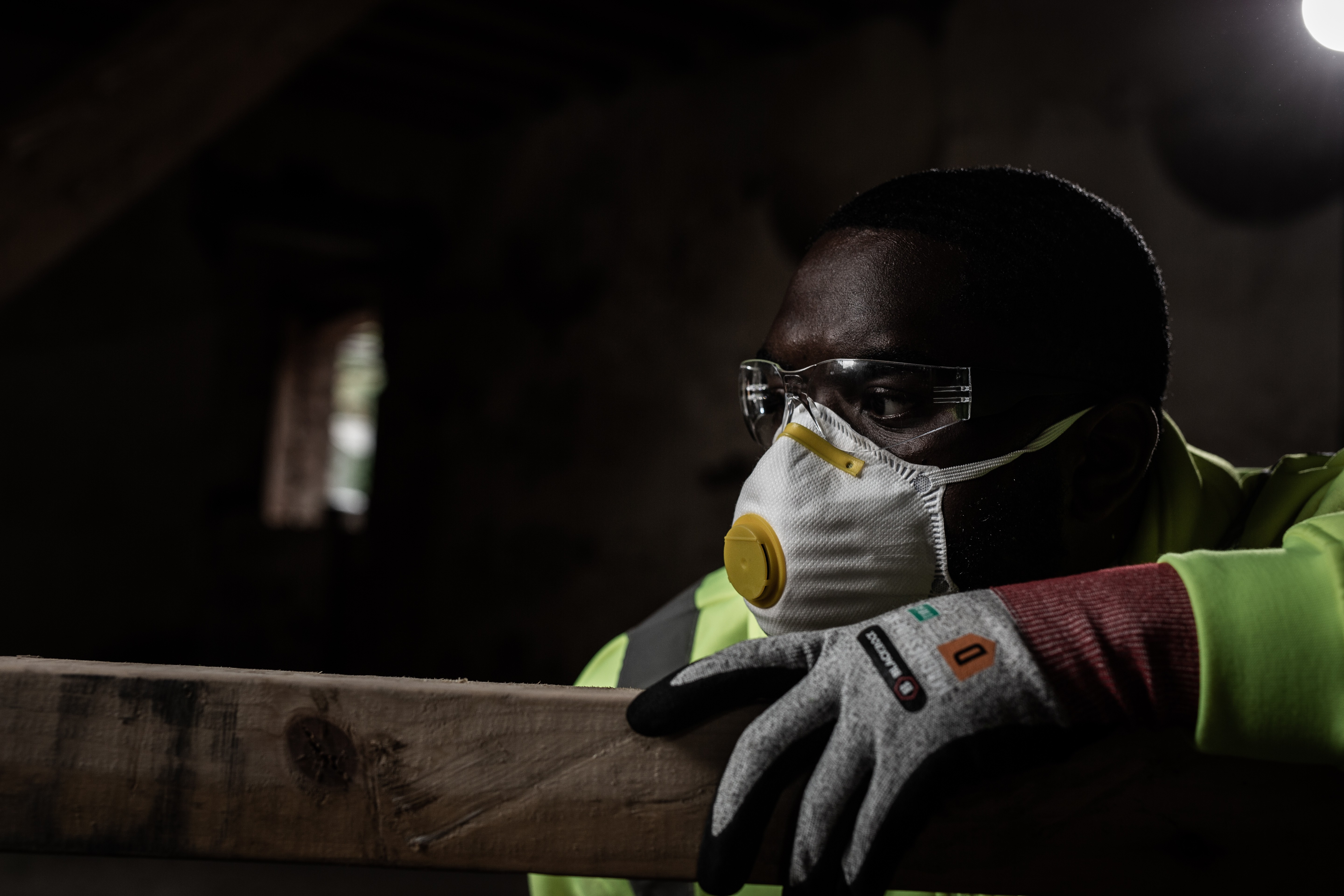
The more educated you are to risk, the less likely you are to be injured.
So how can you know what cut-resistant gloves to use?
The key is to know the level of cut risk there is to you or your employees.
As we said earlier, it’s important to not overdo it. Level F cut-resistant gloves could hinder performance.
To make it easy, we’ve produced this infographic to help you understand which are the best gloves for you.
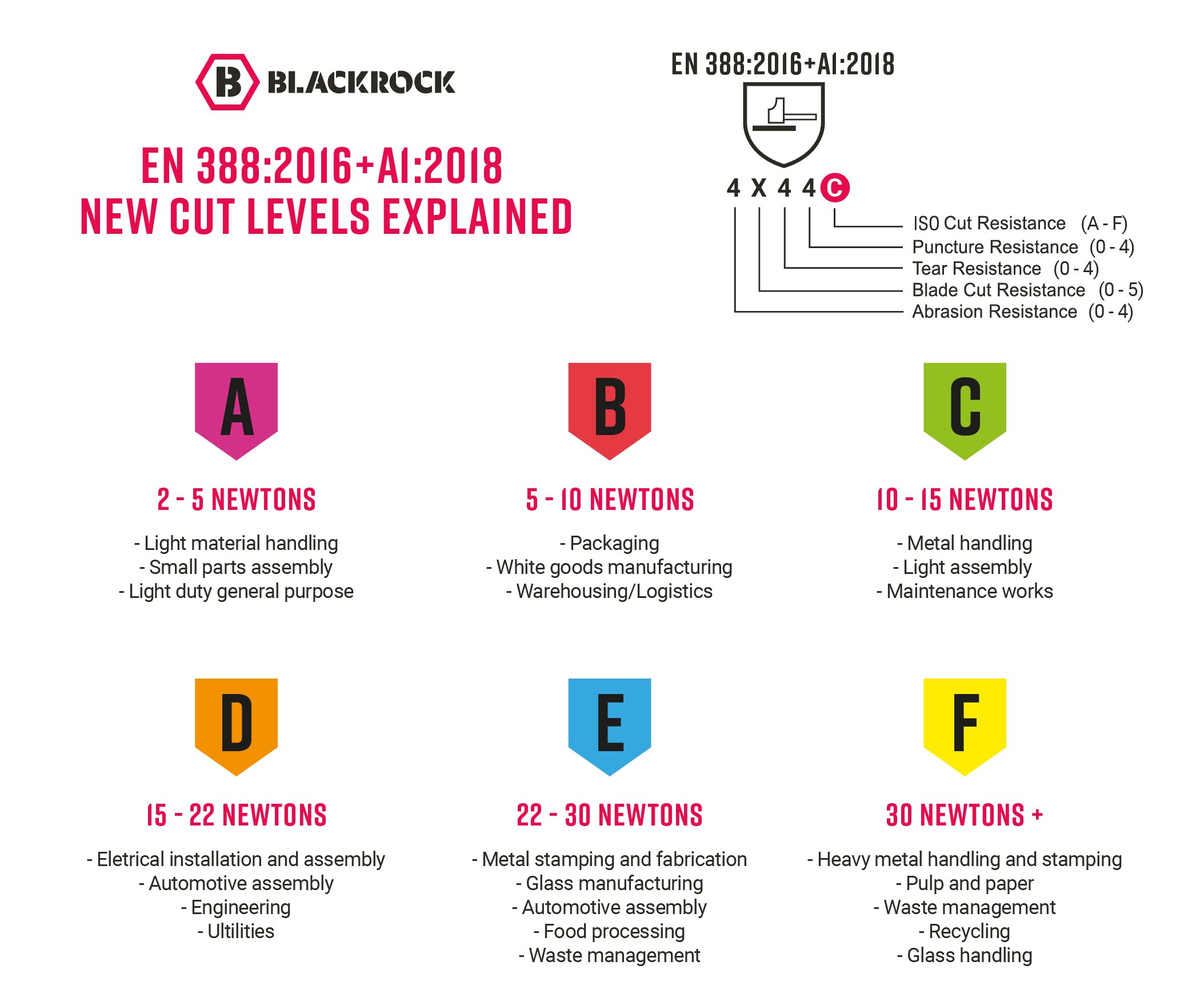
The new lettering system is shown on the back of the hand on our own cut-resistant glove range. Using the same colour coding as the infographic.
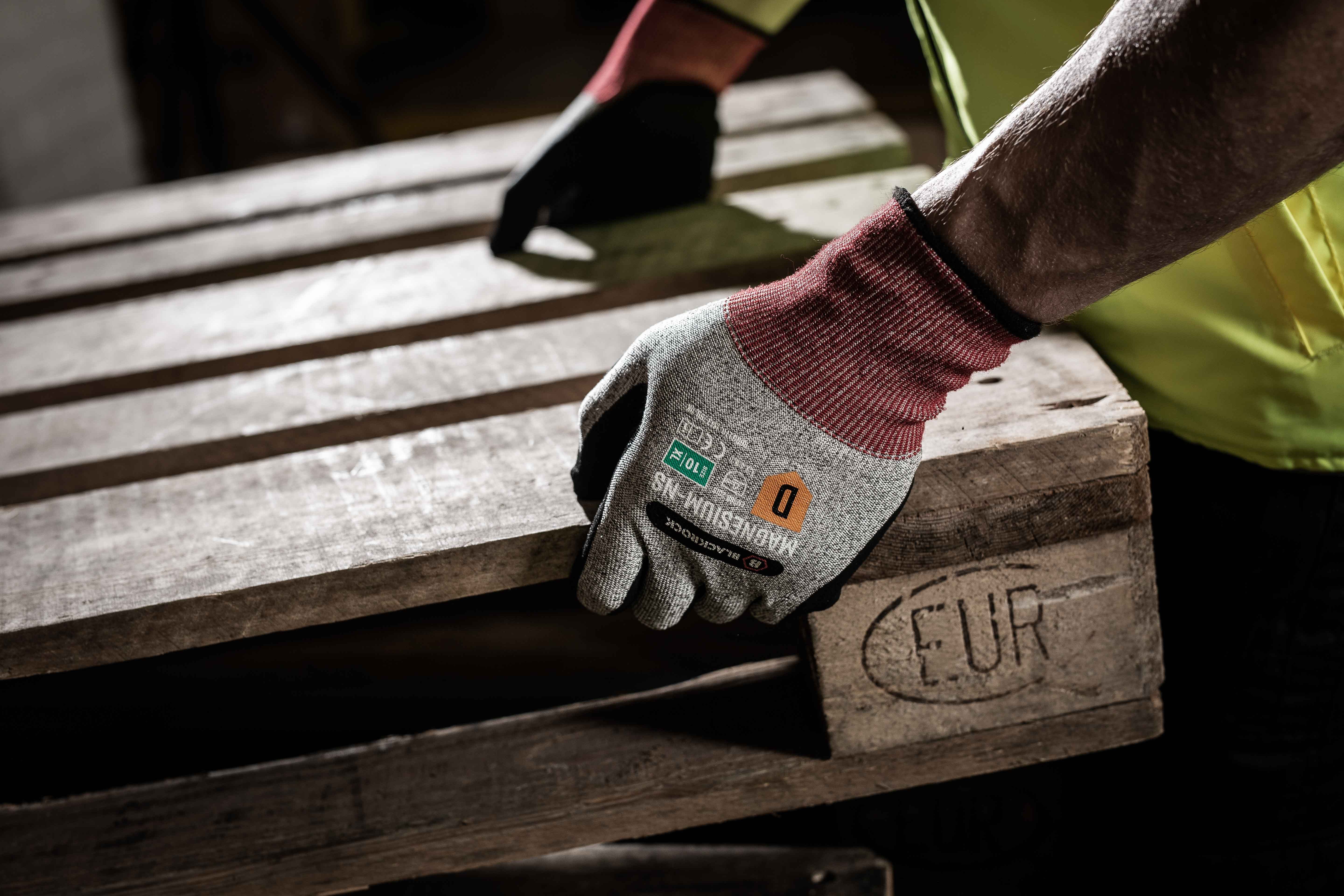
At the end of the day, the most important thing is safety.
Choosing the right cut-resistant gloves will let you to perform your job in the safest conditions.
Because you:
Point C is often overlooked as something that raises injury risk.
PPE that is too big, too tight or too thick will make you work harder than necessary.
You then tire faster. And concentration drops.
This is when accidents happen.
Moving away from safety, a key reason for choosing proper cut-resistant gloves is to be kinder to your wallet.
Like we said earlier, high cut resistance is usually more expensive.
If you’re kitting out your staff or yourself, you’ll avoid overspending by choosing the right glove.
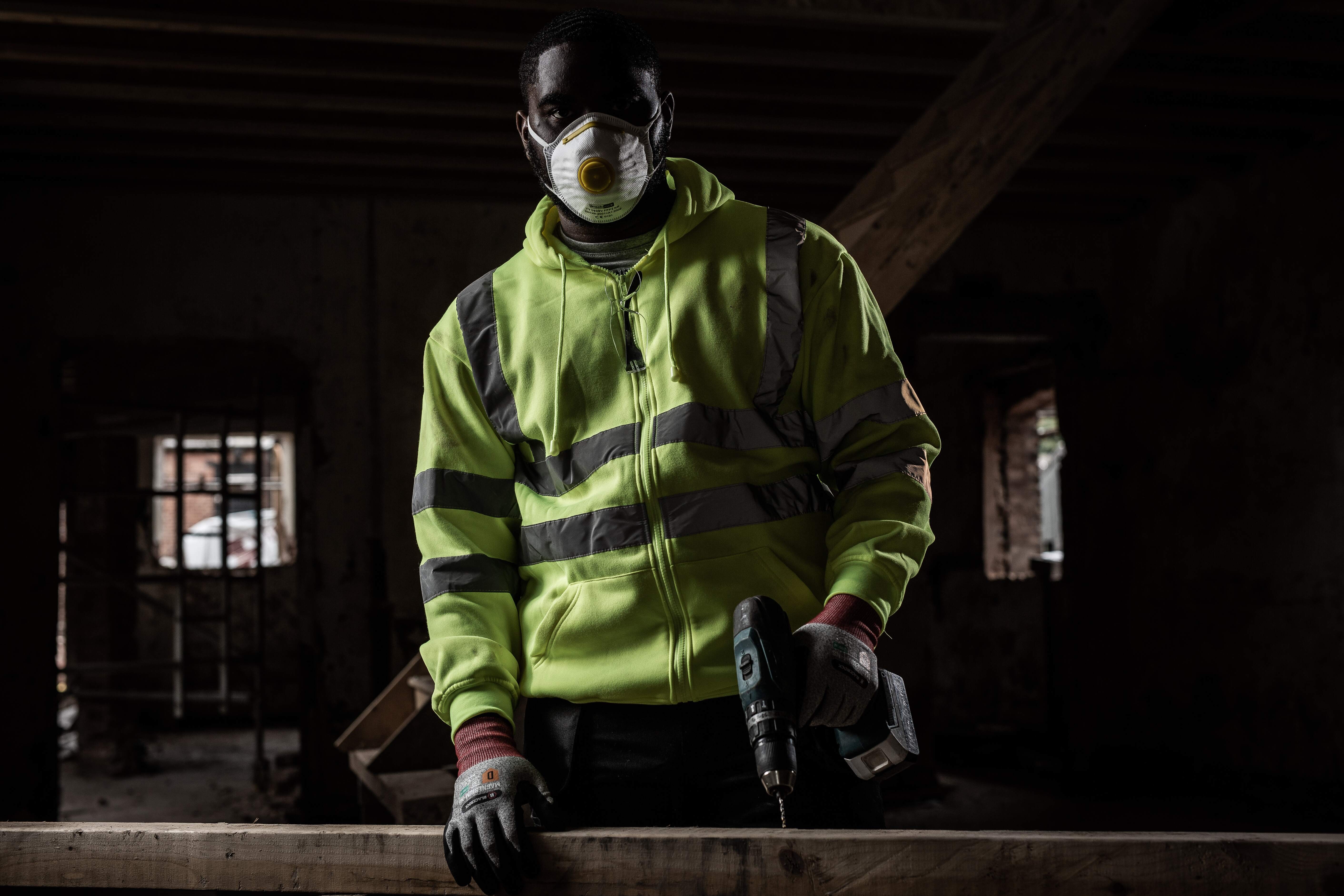
We’re in the business of PPE. If we weren’t worried about the safety of others, we wouldn’t be very good at what we do.
The key things you should remember are:
If you want to read more about the change in standards you can find a more detailed description on the SATRA website.
Alternatively, you can find out more about our own cut-resistant glove range.